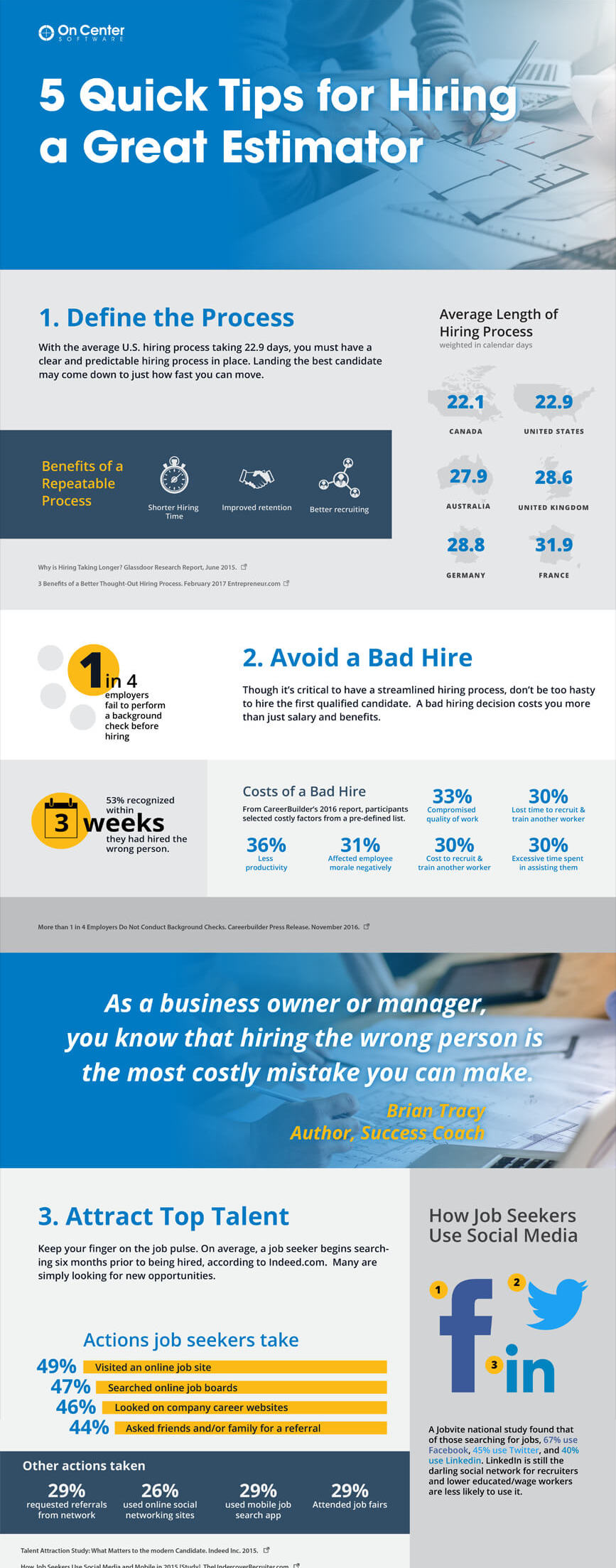For several years, we’ve been treated to anxiety-inducing headlines about the graying of the construction industry and the lack of millennial workers eager to take their place. This message has clearly been received — construction trades had the largest jump in enrollment at four-year institutions between spring 2016 and spring 2017 (26.4 percent). This includes a growing interest in trades like carpentry, but also management degrees for students who like building, but not getting their hands dirty, according to the National Student Clearinghouse Research Center.

No doubt, the rapid-fire pace of new technology and data-driven systems is fueling a greater interest in construction careers. Millennials, who came of age in the era of smartphones and tablets, are extremely comfortable with technology and are eager to jump into a field that is literally abuzz — cue the drones — with digital disruption. Experts say construction is poised to break new technological ground in a big way. This includes drones that survey and map construction sites to brick-laying robots that need tablet-typing humans at the helm.
Technology drives efficiencies and cost savings
Part of this hyper interest in how technology can transform construction is rooted in the industry’s very resistance to it. A 2015 McKinsey Global Institute’s Industry Digitization Index showed the construction sector to be among the least digitized. Much of this lag in innovation and IT spending can be attributed to thin margins and builder’s apprehension to new technologies. Most of their digital efforts have been focused on software and collaboration tools, making the industry ripe for revolutionary new applications to help companies design, plan, and execute projects.
With contractors routinely blowing their schedule by 20% and their budget by 80%, there are plenty of reasons to embrace technology. A 2016 Boston Consulting Group study points to data-driven planning, surveillance, and maintenance technology that could save up to 21% in the design, engineering, and construction phases of nonresidential construction, or as much as $21 billion a year globally.
This is where millennials can play a big role. The construction industry has seen a flat line in worker productivity for over 40 years. As millennials replace the aging construction workforce, they are eager to move away from paper blueprints and workflows to digital data. Millennials are multi-taskers, who are always emailing and texting. Contractors are finding you don’t have to sell these younger workers on the benefits of software, the cloud, or digital plans.
From virtual reality to brick-laying robots
With construction tech firms grabbing up to $10 billion in investment funding from 2011 through early 2017, here are some of the futuristic ways technology is disrupting the industry for this next generation of workers:
- With the rise of Building Information Modeling (BIM) has come an increase in prefab, offsite and modular construction. When construction moves offsite, contractors can tighten their delivery timeline and mitigate weather days.
- The bricklaying robot SAM, short for Semi-Automated Mason, is reportedly saving builders up to 50% in labor costs, according to New York-based Construction Robotics.
- Virtual and augmented reality can allow project stakeholders to collaborate more effectively before building ever begins. Letting managers and workers view job site conditions and detect errors in advance is having a major impact.
- The Internet of Things (IoT) promises to bring stronger monitoring of equipment and employee tracking, combining wearables, drone surveying, and other information collected on the job site.

Ultimately, all of this whiz-bang technology will boil down to much-needed number crunching for an industry where 35% of costs are accounted for by material waste and remedial work. Advanced analytics and big data will move the industry into real-time, cloud-powered analytics. These systems will tie together this complex web of 2D and 3D data, financial data, corporate data, documents, schedule elements, and even the weather.
Attracting a tech-savvy generation
All of this buzz about technology still begs the question: who will lead your digital disruption? The pressure is on to replace retiring baby boomers with the millennial generation. It is more important than ever for the construction industry to attract, retain, and develop this tech-savvy generation. One way to stay competitive is to make sure you have a strong hiring process to engage this up-and-coming generation of workers.
Clearly, planning and preparation are key to building a pipeline of talent. Want to learn more about how to attract the top talent to your workforce? Check out this fun, new infographic by On Center Software, 5 Quick Tips to Hire a Great Estimator. It includes helpful tips and tricks — from leveraging social media to creating an awesome onboarding experience — to help you land better construction talent.
About the Author
Allen L. Crowley, Jr.,’79, FAIC is Director of Business Development at On Center Software

